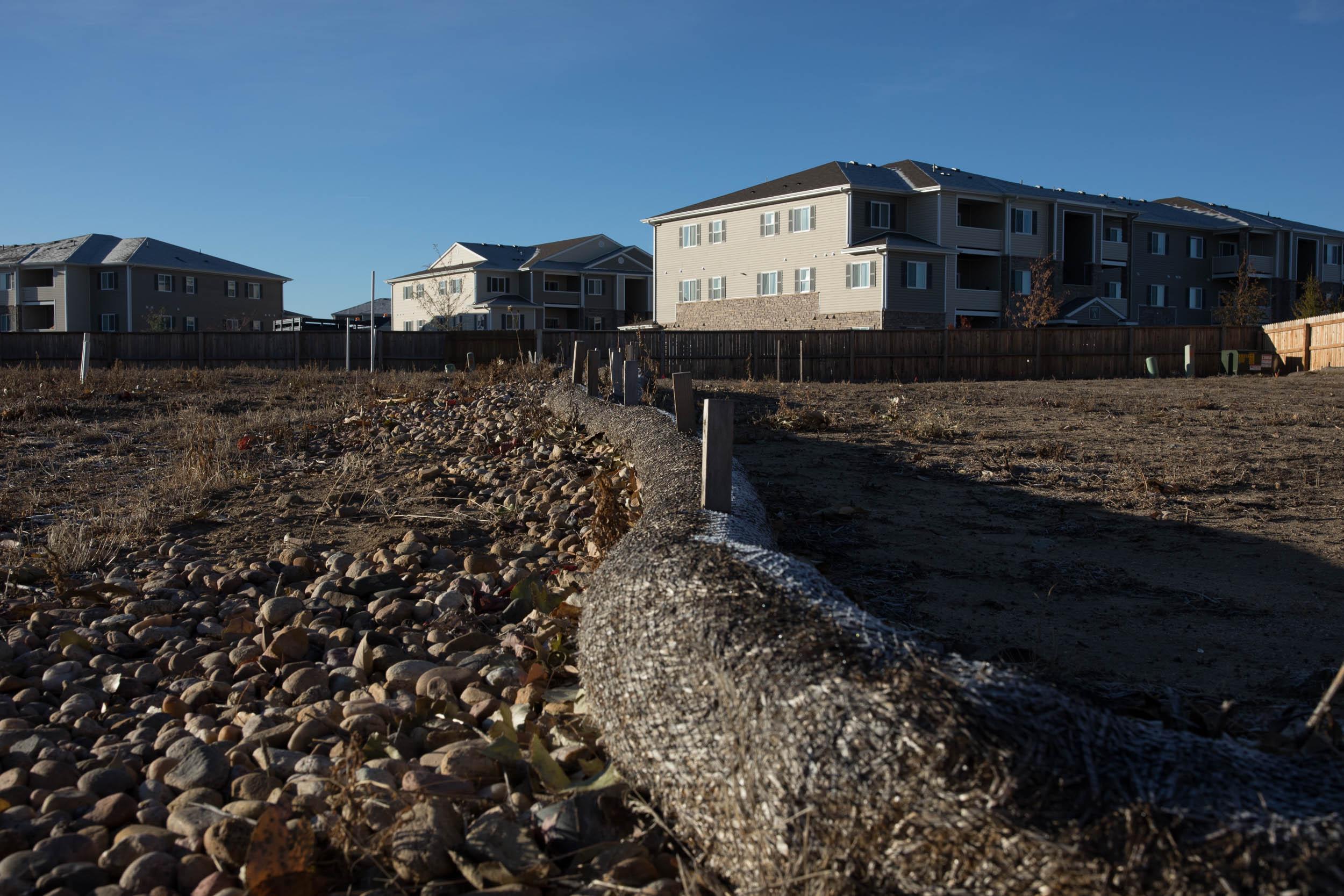
Colorado regulators on Thursday approved a set of safety measures designed to increase citizen protections in areas surrounding thousands of miles of underground oil and gas pipelines in the state.
The rules provide public access to a more detailed and accurate state map of locations of flowlines, which are pipelines that connect an oil or gas well to other pieces of equipment.
They also tighten procedures that must be followed by energy firms and their reporting requirements when they install, open, close and abandon flowlines.
The rulemaking process was prompted by a 2017 home explosion in Firestone that killed two people and injured two others. Investigators blamed odorless gas seeping from a long-abandoned flowline just feet away from the home.
They also found that, despite being abandoned, the line was connected to an operating well. Its existence was unknown to regulators or developers of the neighborhood where the home was built.
Thursday’s decision by the Colorado Oil and Gas Conservation Commission followed pleas by a survivor of the explosion that regulators verify energy firms reporting compliance with tougher safety rules are really doing so.
Erin Martinez lost her husband and brother in the blast. Her 11-year-old son was injured, and she suffered severe burns and internal injuries.
She’s had 29 surgeries and counting, all while becoming a leading activist voice in Colorado’s efforts to ensure that its multibillion-dollar fossil fuels industry operates safely and in an environmentally friendly manner.
Thousands of miles of flowlines exist in Colorado, and it was an unmapped and abandoned flowline that saturated the soil near Martinez’s home before the April 2017 blast.
Witnesses differed over the level of detail of maps to be made available to the public, homebuilders and others, with activists arguing for fine detail and industry preferring a level of detail that ensures security.
The proposals also lay out steps for taking flowlines into or out of production, including inspections with any change and ensuring the lines’ structural integrity is fully tested.
The rules presume that lines being permanently abandoned can be left in place with adequate documentation.
Martinez questioned whether abandoned lines should be removed instead. She said she believes energy company reports on compliance with tougher rules aren’t enough.
“How are you going to guarantee that they’re actually going to be followed?” Martinez asked.
The rules adopted by commissioners call for early state notification and independent on-site inspections of flowline changes.
A new law flips the state commission’s mandate to emphasize public health and safety over fostering energy production.
Conflicts over oil and gas have intensified as the Denver metropolitan area expands into formerly rural areas north of the city.
Investigators said the flowline involved in the explosion that destroyed Martinez’s home in Firestone, about 30 miles north of Denver, likely was severed when Martinez’s home was built.
The line was believed to be abandoned but instead was connected to an operating well. No one knew it was leaking methane into the soil just 6 feet from Martinez’s back door, investigators said.
The line and well were built years before Martinez’s subdivision.








